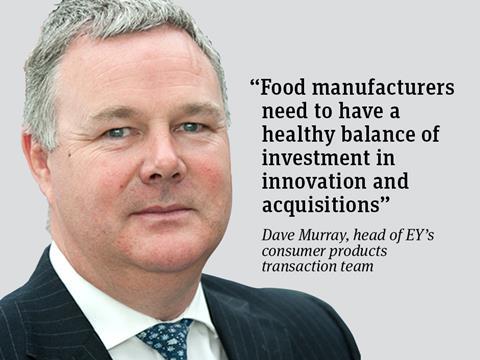
Faced with a macro-economic environment that is contributing to food deflation and some markets that are showing subdued growth prospects at best, food manufacturers are keen to tap growing segments and products that can offer better pricing, margins and volume growth. Consumer preferences are shifting towards ‘natural’ food products and as a result manufacturers are embracing the health & wellness trend by investing huge sums in R&D, diversifying and optimising their product portfolios.
Successful brand and product development by well-known manufacturers includes the launch of Belvita by Mondelez, which tapped the lucrative breakfast on-the-go market segment. There has also been an explosion of popcorn brands, while health & wellness presents a huge growth segment - one that would be very attractive to play in.
Faced with the pressure to improve performance and to innovate to keep pace with rapidly changing consumer preferences, the industry is increasingly revaluating and questioning its approach to research and development.
Many large food manufacturers invest significant sums in R&D trying to come up with the next big thing in food innovation. Nestlé’s global head of R&D, Dr Johnnes Baensch, said recently that 50% to 60% of R&D investment was successful. Some other industry analysts are less positive, predicting that as few as one in 40 products developed ever makes it to market.
In some cases, efforts and investment may be better spent spotting the next big thing instead. Acquiring a niche, high-growth business that has a really powerful brand is increasingly attractive. This approach circumvents the need to invest in R&D and increases speed to market.
Niche brands that have been successful in this space are Graze, Nakd and Genius, among others. There are many examples where this has proved a successful strategy, for example the recent deal that saw Belgian-owned Lotus Bakeries acquire Natural Balance, maker of Nakd and Trek bars. This has helped Lotus diversify from its more indulgent biscuits business and tap the growing health & wellness snacking category.
But acquisitions in isolation are not a guaranteed route to commercial success. Having a defined and planned roadmap for R&D is important as predicting consumer trends and helping to nurture demand is as important as reacting to trends. By its nature R&D is a risky process, but because of this it can produce highly innovative products.
The most successful approach is for food manufacturers to have a healthy balance of investment in innovation and acquisitions. Not all investment in R&D will become a commercial success and not all acquisitions are harmonious and fruitful.
The ideal is having an acquisition strategy that dovetails and complements the R&D strategy and is designed to fill the gaps of the products and brands you don’t currently have. Acquisitions are for the now, R&D is for the future.
Dave Murray is head of EY’s consumer products transaction team







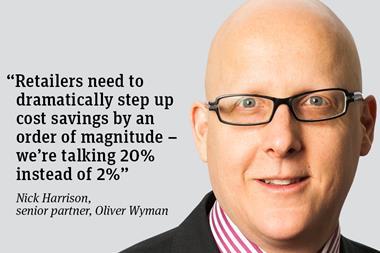



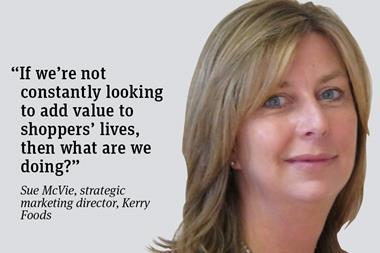
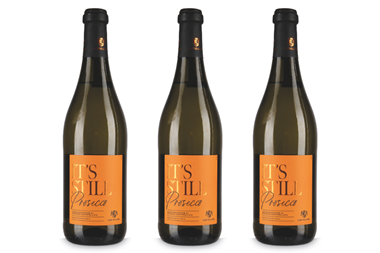

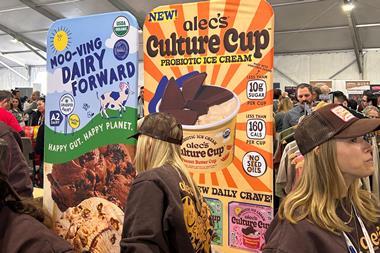
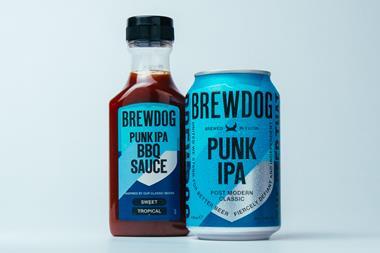

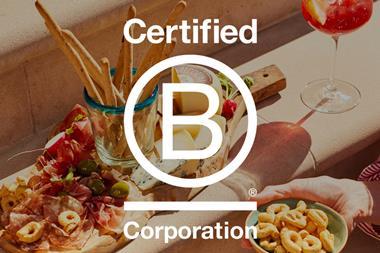

No comments yet